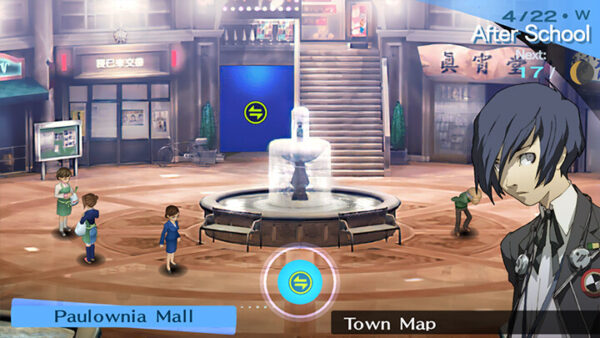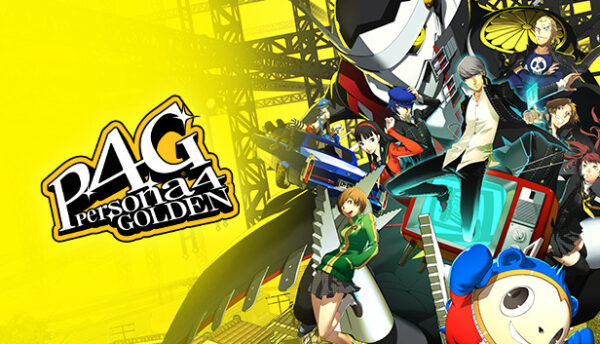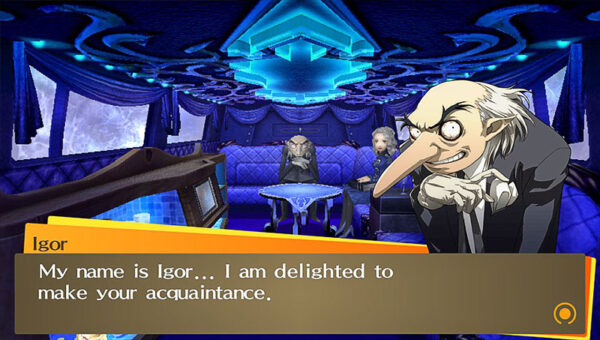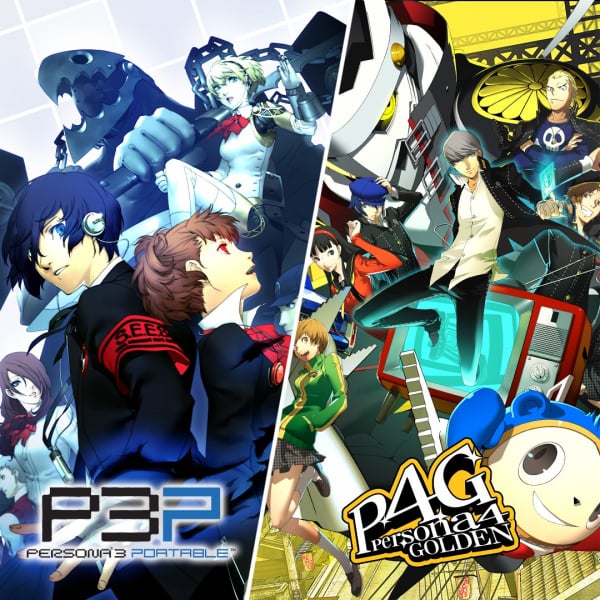Also On: PC, PS5, Switch
Publisher: Atlus
Developer: Atlus
Medium: Digital
Players: 1
Online: No
ESRB: M
Prior to tackling this review, I had never played a Persona game. I was familiar with the games, and obviously privy to the hype and praise surrounding Persona 5, but I had never actually played any of the games. With the launch of Persona 3 Portable and Persona 4 Golden on modern consoles, I decided it was time to remedy that massive blind spot in my gaming experience. In addition to being genuinely interested in trying the Persona games out, I thought it might be cool to get a review from a different perspective than most sites will be writing from. Let?s face it, these are massive 100+ hour turn-based JRPGs from more than a decade ago, most folks doing reviews for them are most likely going already have a vested interest in the franchise.

I will start with Persona 3 Portable. First, what an unbelievable game! I am so disappointed in myself for never playing it! I am not typically a big fan of the ?visual novel? style of games and was a bit hesitant when I booted the game up initially and realized that the only movement and combat came as you climbed the massive dungeon Tartarus and during the full moon fights. I quickly fell in love with the characters and the world they lived in though, and my initial hesitance melted away. Each character has their own rich backstory and life happening, in and out of school. The Social Links that you create serve to advance your combat abilities, but also deepen your connection with the individuals you form them with. This opens up additional activities to do with your after-school time, as well as new story beats and narrative developments.
Obviously, this is a port of a 2009 PSP game which was itself a port of a 2006 PS2 game, so there is nothing to write home about in the graphics department. It looks like a 2009 game and that is OK. One of the biggest upsides to Persona 3 Portable presenting itself primarily as a visual novel is that those aspects do hold up pretty well over time. Tartarus is the biggest part of the game that feels really dated, with floor after floor of the exact same environments and the same little shadow enemies you need to hit to initiate combat. I thoroughly enjoyed the combat encounters themselves, but Tartarus itself got tedious over time.

The combat is a pleasant mix of Final Fantasy and Pokemon, in my opinion. You have to analyze your opponents and learn their typing weaknesses and strengths, and using an attack with an element that they are weak against will stun them allowing your team to go ?all in? and do big damage together. Conversely, trying to use attacks of an element that they are strong against will net you little or sometimes no damage at all and leave you open to attack. Learning these typings and ensuring you have the proper Personas with you to cover all of the elements is key to winning the battles as you progress higher and higher in Tartarus.
The story in Persona 3 was not what I was expecting, at all. I had (wrongly) written these games off as goofy high-school drama games with turn-based combat thrown into the mix for a long time. Persona 3 deals with death, misery, depression, relationships, crushing stress to be the best, and much more. Add onto this that the way you summon your ?Persona? for combat is by shooting yourself in the head with a ?gun?, and it quickly becomes a very dark game. Even the concept of The Dark Hour and all of the ?normal? people existing during this time in strange vertical red coffins is pretty chilling if you stop and think about it.

Now, for Persona 4 Golden. This one shows its age noticeably less, as the ?Golden? port came out in 2012 for the PS Vita. In addition to being newer, it is remarkably brighter. The story still deals with mature themes, with the main thread being a murder mystery that you need to solve with your fellow high school students, but the day-to-day life in Persona 4 is more upbeat and more lively, and generally brighter. Everyone you meet isn?t mired in their own hidden misery behind the scenes, some of your Social Links are just unproblematic friends, and that is great.

There are a ton of activities, side-quests, clubs, and other things to engage in when you are not following the main story, and I found myself more and more drawn to the mundane activities in the small town of Inaba. The combat in 4 remains largely the same as in 3 but offers flashier combat animations, an expanded roster of available Personas, and a more diverse moveset. I will be honest and say that between 3 and 4, I have played a lot more of 3 at this point, and have played enough of 4 to get a feel for the similarities and differences, but I have not reached any of the infamous 6 endings in 4 yet.
All of that said, this is a pair of incredibly beloved classic games available on modern consoles and PC, and available for *FREE* with Xbox Game Pass. While the graphics may show their age, the stories themselves are timeless and hold up right alongside the best modern-day video game narratives. They have moved from a relatively unknown franchise for me, to one of my fondest recent games. I have been completely swept away by the stories and captivated by the characters and gameplay and will be finishing Persona 4 Golden and moving on to finally play Persona 5 Royal after that.
Atlus provided us with a Persona 3 Portable/Persona 4 Golden code for review purposes.

